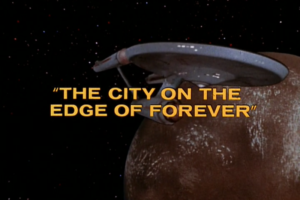At a fellow writer’s Facebook wall we’re discussion the elements required for a story to be noir. Because we are SF writers the conversation naturally revolves about the intersection of noir and science-fiction. This has gotten me thinking and those and a few other terms and I’ve come to the conclusion, probably not original, that there is a difference between Setting and Genre
In this concept Science-Fiction is a setting, it has particular rules that govern its use and violation of those rules can lead to some and even most people excluding a piece from the setting definition, but it seems to me that genre is more about what is the intended or likely emotion reaction of the reader and as such is independent of the setting.
Lois McMaster Bujold’s Shards of Honor was, according the author, written as an SF/Romance. The setting is science-fiction, the far future, humanity spread out among the stars broken into new nationalities. The genre is romance, the story of two people divided by their warring cultures and yet who fall in love.
Alien is Science-Fiction/Horror the setting is clearly sf, a spaceship deep into space. The genre is horror as the characters, trapped aboard their isolated spaceship, contend with a monstrous being.
Back to the Future is science-Fiction comedy the science-fiction elements, a lone scientist, time travel, are clear while the story is a farce about the clash of perception versus reality when it comes to one’s own parents.
All three of these works are Science-Fiction but looking at them simply through the lens of their setting tells us very little and nothing at all about if these are stories we want to experience. It is only when we examine to the mood intent of the piece, romantic, horrific, or hilarious that we can gather these disparate works into recognizable useful categories.

